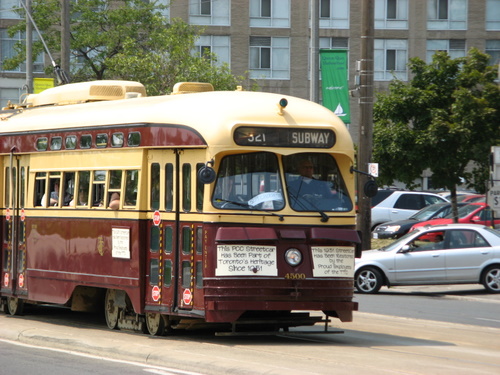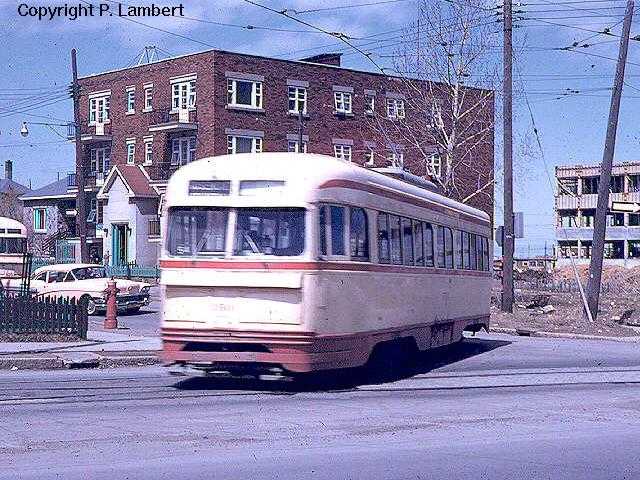nfitz
Superstar
Great post. Here's some pedantic comments.All series of numbers are officially spoken for. As I argue below, I would have started with 4600 not 4400.
I believe there's also a 4197, 4198, and 4199 that are CLRVs. All 3 are currently in service as I write this - http://doconnor.homeip.net/TransSee/FleetFind.php?a=ttc&lowrange=4197&highrange=4199&ok=Go (two on 512, one on 501).Of the 4000s, 4000-4005 is used by the SIG built CLRVs, 4010-4196 by UTDC/HS built CLRVs and 4200-4251 are the ALRVs.
I'd heard they are actually 4604 and 4605 on the roster. I don't see any reason they couldn't remain having different roster numbers and historic numbers painted on them.There's also 4500 and 4549, the two PCCs on the fleet for charters and special general revenue runs.
There will only be a short period of time when there is any overlap. After the H5s and H6s are all gone, the numbering will be very simple for subway trains.IMHO, the TTC should have started in the 6000s for the Rocket trainsets, since they started arriving after the last non-accessible Orion V was retired, instead of the mess of 5000s.
Though if they are actually 4604 and 4605 on the roster, then that doesn't help. I don't see any reason to worry about these two cars. How did TTC deal with existing streetcar 2766 falling in the range of the early 1980s New Looks?The new Bombardiers should have been numbered from 4600, to avoid colliding with the fleet numbers of the two PCCs.
Though there's currently 204 cars in the current order. Despite last years capital budget, they haven't actually gotten around to reducing the order yet - and the 2013-2022 capital budget appears to call for the order to be changed back to 204 cars, plus also includes (unfunded) adding 4 cars for the Bremner line, 5 cars for the West Donlands, and 6 cars for East Bayfront, in addition to the 204. So could be 219 new cars. I'd have simply started at 4300 and kept on going until we stopped getting new cars.Even 4300-4499 would work for a fleet of 200 or less in a model series.
Last edited:










